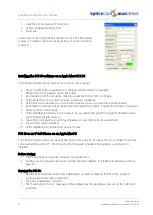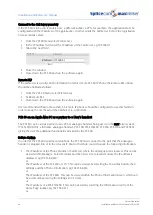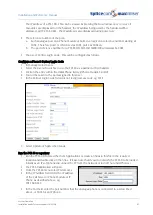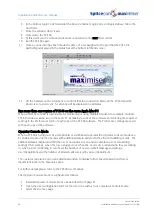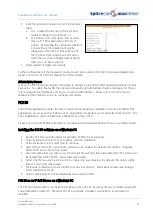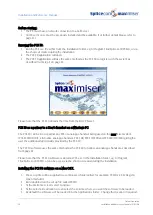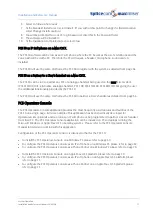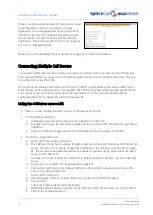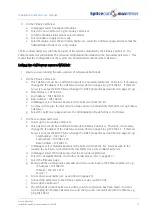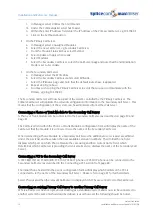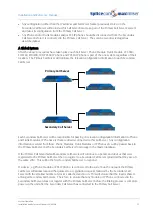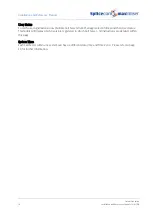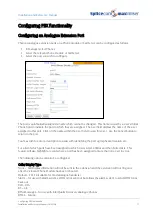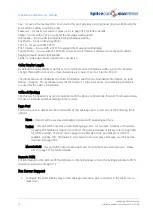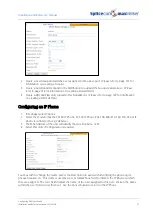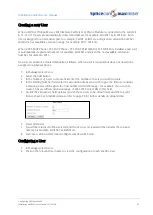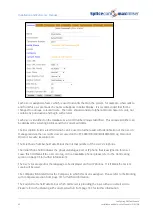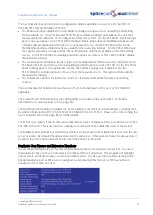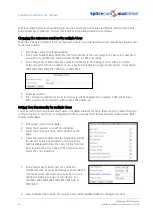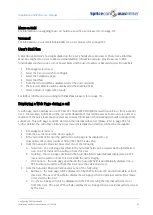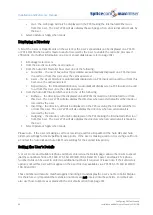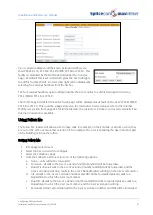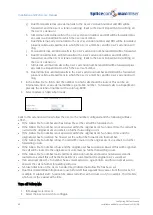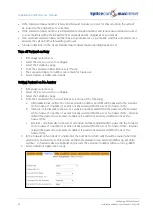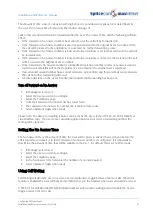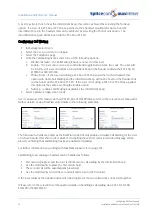
Installation and Reference Manual
Configuring PBX functionality
Installation and Reference Manual v3.2/0410/6
77
Configuring PBX functionality
Configuring an Analogue Extension Port
Physical analogue extension ports on a Phone module or Call Server can be configured as follows:
1
In Manager select Phones
2
Select the relevant Phone Module or Call Server
3
Select the port you wish to configure
The port is automatically assigned a name which cannot be changed. This name is used by a User’s Initial
Phone field to indicate the port to which they are assigned. The User field displays the name of the User
assigned to this port. Click on the name within the User field to view this User. Use the Cancel button to
return to the port.
You may wish to enter a description to assist with identifying the port eg its physical location etc.
For a list of which ports have been assigned to which Users select Utilities and then Sorted Lists. This
feature will also highlight a record where a port has been assigned to more than one User in error.
The following options can also be configured:
Caller Display Type
None – Call Display information will not be sent to the extension and the extension will not ring once
after the relevant Phone Module has been rebooted
Default – PCS 10 (suitable for most analogue handsets)
Alarm – for use with alarm systems, DTMF is not sent out but allows the alarm system to send DTMF tones
back out.
Bell – USA
BT – UK
BTNoMessages – for use with InterQuartz Discovery analogue phones
DTMF – Europe


